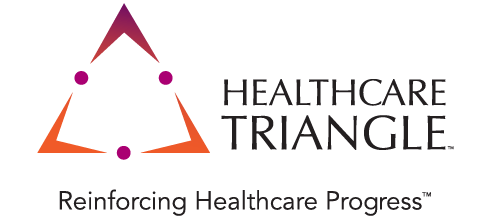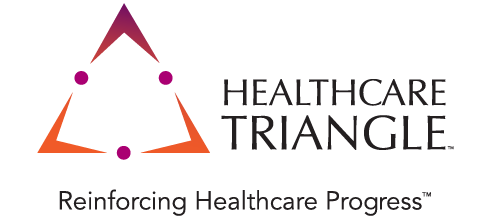Tapping Into the Cloud’s Value for Healthcare: 3 Best Practices
Healthcare Triangle
Dec 9, 2021
The business case for moving healthcare operations to the cloud is compelling. As artificial intelligence, machine learning, robotic process automation, and other innovations take hold in healthcare, the cloud offers virtually unlimited capacity to leverage these resource-intensive applications.
Healthcare IT leaders are taking notice. More than 60% of participants in a recent survey by Healthcare Triangle (HCTI) say their organization is jumping on the cloud computing bandwagon, mostly through a hybrid approach: part-cloud, part on-premises.
Nevertheless, nearly half of survey participants indicated it’s too early to tell whether their organization’s move to the cloud is providing value. If your organization falls into this group, there are three key ways you can make the leap and maximize your cloud investment.
No. 1: Look for ways to lean into the public cloud.
With the volume of structured and unstructured data in healthcare rapidly increasing, healthcare providers face tremendous pressure to ramp up their data analytics capabilities to improve health outcomes and identify risk. They also need advanced techniques for collecting disparate data, finding links between data sources, and tying the data to patients’ electronic medical records. By hosting applications in the public cloud, hospitals and health systems can securely leverage analytic software offered on public cloud platforms, from artificial intelligence to machine learning. They can also bolster their ability to ingest, process, and gain insights from their data which is critical to digital transformation.
No. 2: Opt for a vendor-agnostic framework.
There is no shortage of cloud providers to choose from in the healthcare space. Many organizations do, in fact, work with two or more vendors. However, compatibility issues almost inevitably arise among each vendor’s application programming interfaces (APIs), authentication mechanisms, resource access, and other aspects of cloud implementation. A vendor-agnostic framework can help streamline multi-cloud infrastructure for synergistic business operations.
No. 3: Create a cloud center of excellence—and staff it with specialized support.
Leading organizations support the transition to the cloud with a managed cloud services approach. This helps organizations adopt best practices for cloud platform management from the point of go-live. It also gives them greater insight into cloud usage across business units and helps them identify trends to make informed business decisions.
Demonstrating value from your cloud platform doesn’t have to be difficult. At Healthcare Triangle, we can help you deploy a strategic approach to the cloud that accelerates a return on investment. Contact us.
Drop an email to info@healthcaretriangle.com or schedule a consultation.


